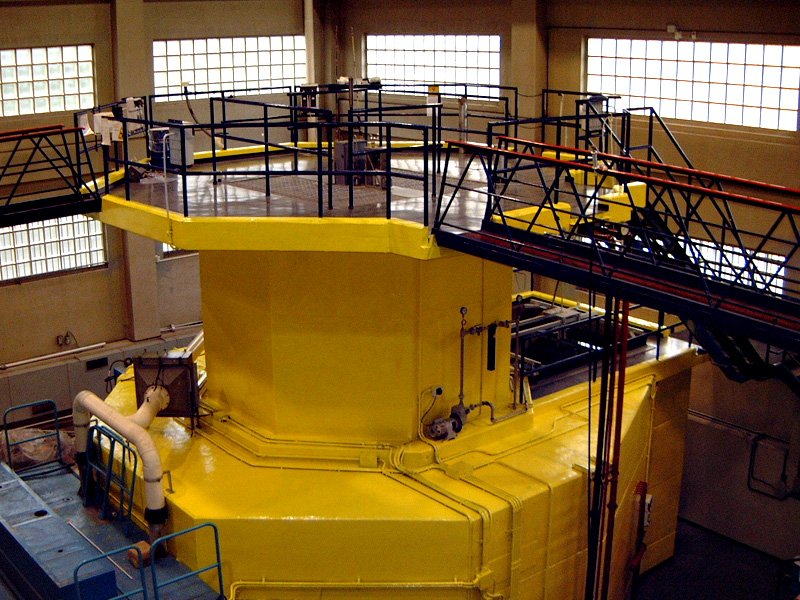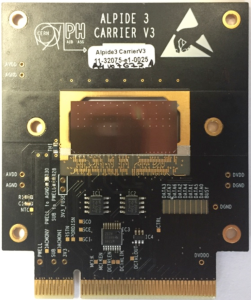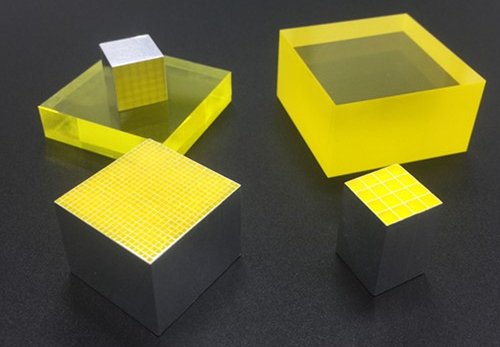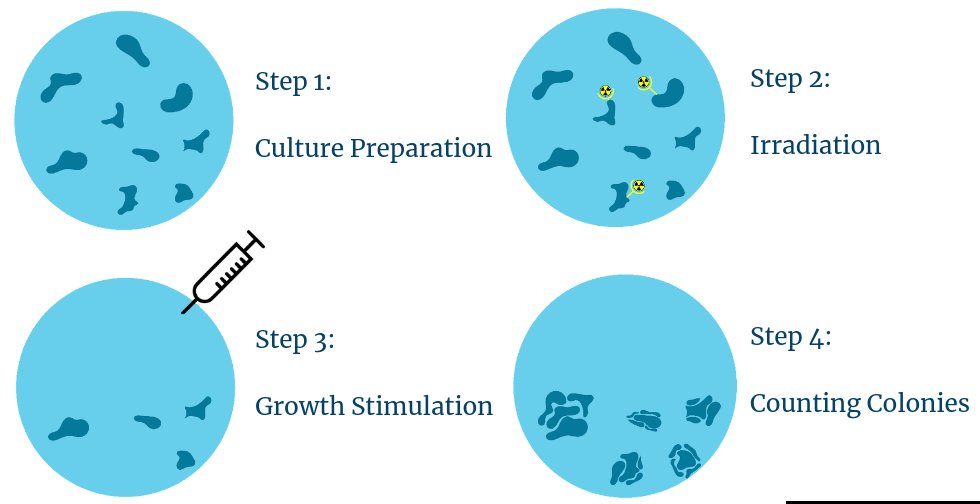Since 2017, the ISOLPHARM collaboration has managed a series of research activities in the fields of physics, chemistry and pharmacology devoted to the development of a radiopharmaceutical prototype labeled with the silver isotope Ag-111 by the end of 2022. The new experiment, named ADMIRAL (Advanced Dosimetry Methods and In-vitro Radiobiology of Ag-111 Labeled radiopharmaceuticals), has the double aim to probe its therapeutic and diagnostic properties. ADMIRAL enriches the ISOLPHARM project with a new point of view, which has its roots in the fields of medical physics, radiobiology and radiation detectors.
WP1: Radiopharmaceutical production
With the SPES facility under construction at LNL, it is crucial to produce the radionuclides of medical interest with traditional methods until the ISOL technique will be available. For this reason, the production of Ag-111 will be performed in the TRIGA Mark II nuclear reactor at the Laboratory of Applied Nuclear Energy (LENA) in Pavia. Radiochemistry experiments focused on the dissolution of the irradiated target where Ag-111 is obtained are required to optimize the radioisotopic purification. Once the radionuclides are available, they must be inserted in a macromolecular context able to bind and transport them into the tumor tissue where they should selectively associate with cancer cells.


WP2: β-imaging
This activity will be devoted to the design, construction and characterization of a new detector for 2D β-imaging at high resolution. The device will take advantage of the monolithic silicon pixel technology developed recently for the ALICE experiment: the ALPIDE chips, namely the MAPS of the new inner tracking system. A dedicated mechanical support will allow to take a high resolution “β-picture” of 2D traditional cellular cultures or 2.5D scaffolds (i.e. thin slices) where the β-emitter is stored.
WP3: γ-imaging
WP3 will concern the design and simulation of a γ-camera for the detection of the γ radiation following the Ag-111 decay, seeking the best coupling between scintillators and SiPM, together with electronics and DAQ. The acquired knowledge will be used to build a planar system for the detection of Ag-111. The results could be eventually compared with common preclinical devices designed for other medical nuclides and with a Bruker In-Vivo Xtreme II system, available in Trento or Catania.


WP4: Targeted radiobiology
These activities aim to study the effects of Ag-111 TRT on cell survival with a “targeted” radiobiology procedure. A tumoral cell line overexpressing CCK2R will be selected, starting from the previously acquired data on A549 and A431 CCK2R+ cells, and grown in T75 flasks in the biology laboratories of the Pavia University. Monolayer 2D cultures will be considered as well as 2.5D and 3D scaffolds obtained from bioprinting. The radiobiological data will be related to the absorbed dose at cell level, computed with the Monte Carlo method.
The previous experiments of the ISOLPHARM collaboration were ISOLPHARM_Ag (2018-2019) and ISOLPHARM_EIRA (2020-2022).
